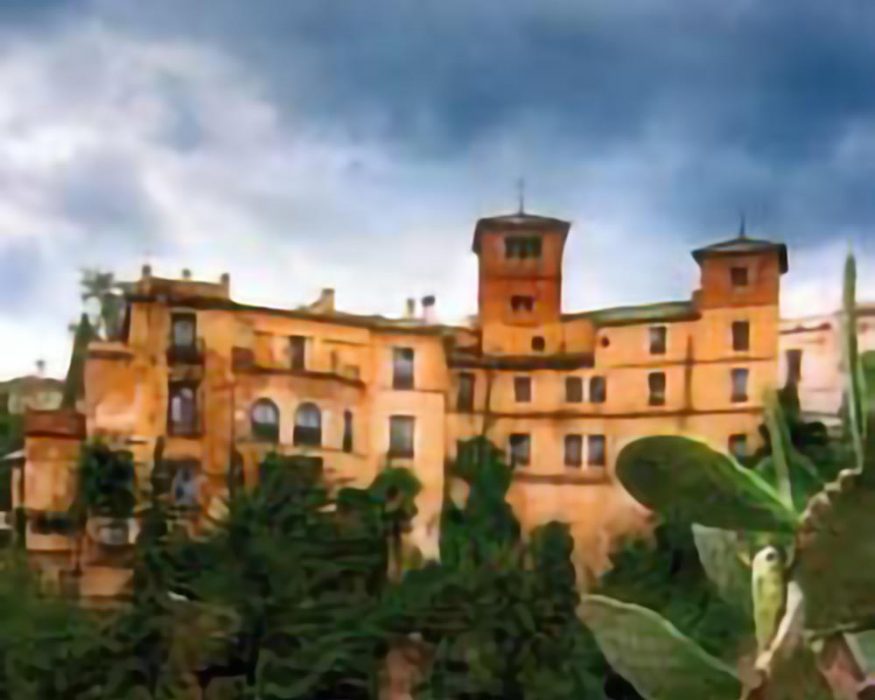This house, except for some possible vestiges of the Muslim period in its gardens, dates from the early 18th century and was restored at the beginning of the 20th. Its façade has a tile that represents an Arab king, perhaps Abomelic, in a hieratic position, hence the popular name. Its balconies are made of Ronda wrought iron, with some Sevillian tiles.
Its fame is mainly due to the one who really rebuilt it, endowing it with great beauty, it is the Duchess of Parcent, who in 1912 bought it from the Count of Montelirios for eleven thousand pesetas, enriched it with the best furniture, paintings, ceramics and decorations, which he brought from all over the world. He had her visit by the most important families of her time, thus giving a great highlight to Ronda.
It has a labyrinthine structure, the result of the numerous reforms that have been carried out by its different owners. The main portal is preserved, architrave with voussoir lintel and framed with double Tuscan columns.
It has a balcony on top of rich Ronda grille decorated with rockery and heraldry. Its three floors are topped with two brick towers. The palace gardens were designed by Forestier, author of the Mª Luisa Park in Seville and the Bois de Boulogne in Paris.
But undoubtedly one of the most interesting elements it contains is the famous Ronda Secret Mine, with an underground staircase that goes down to the Tagus excavated by the Ronda Muslims inside the stone itself.


